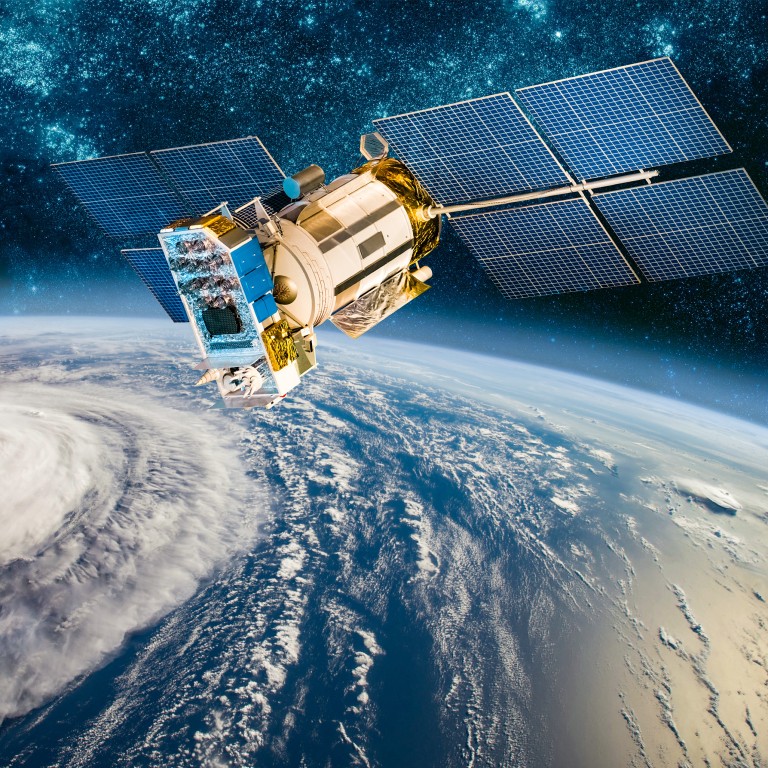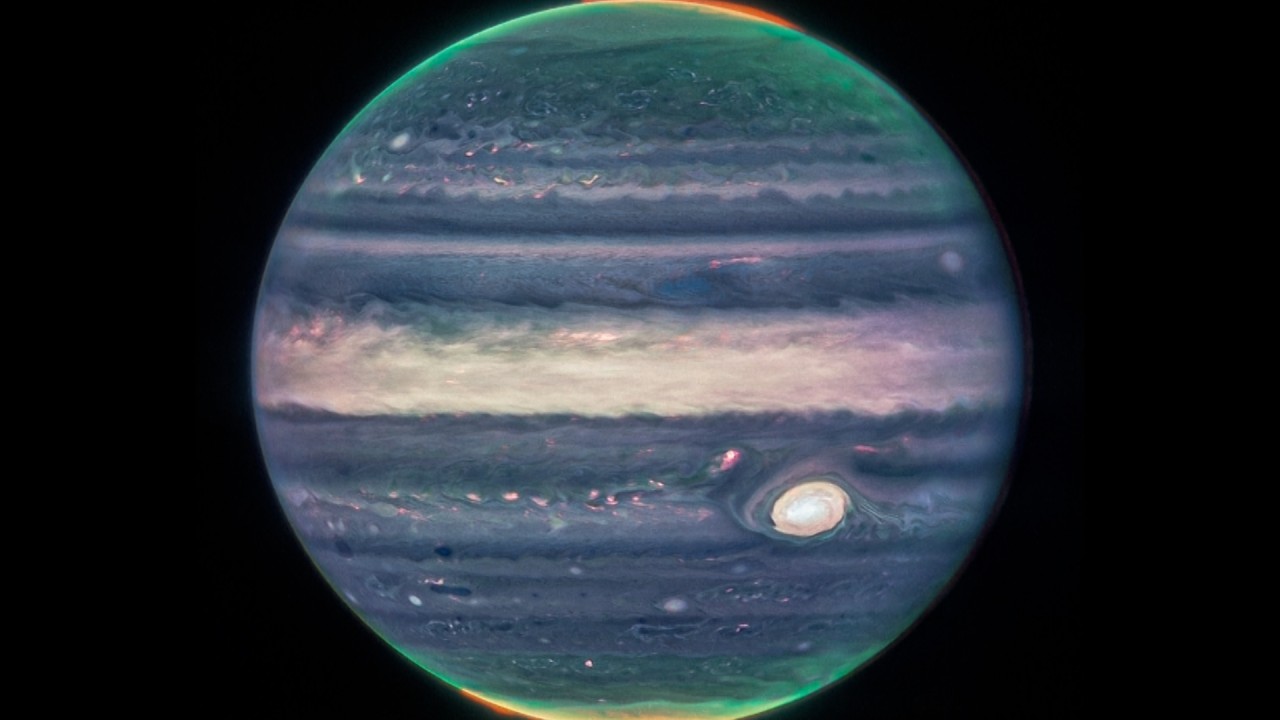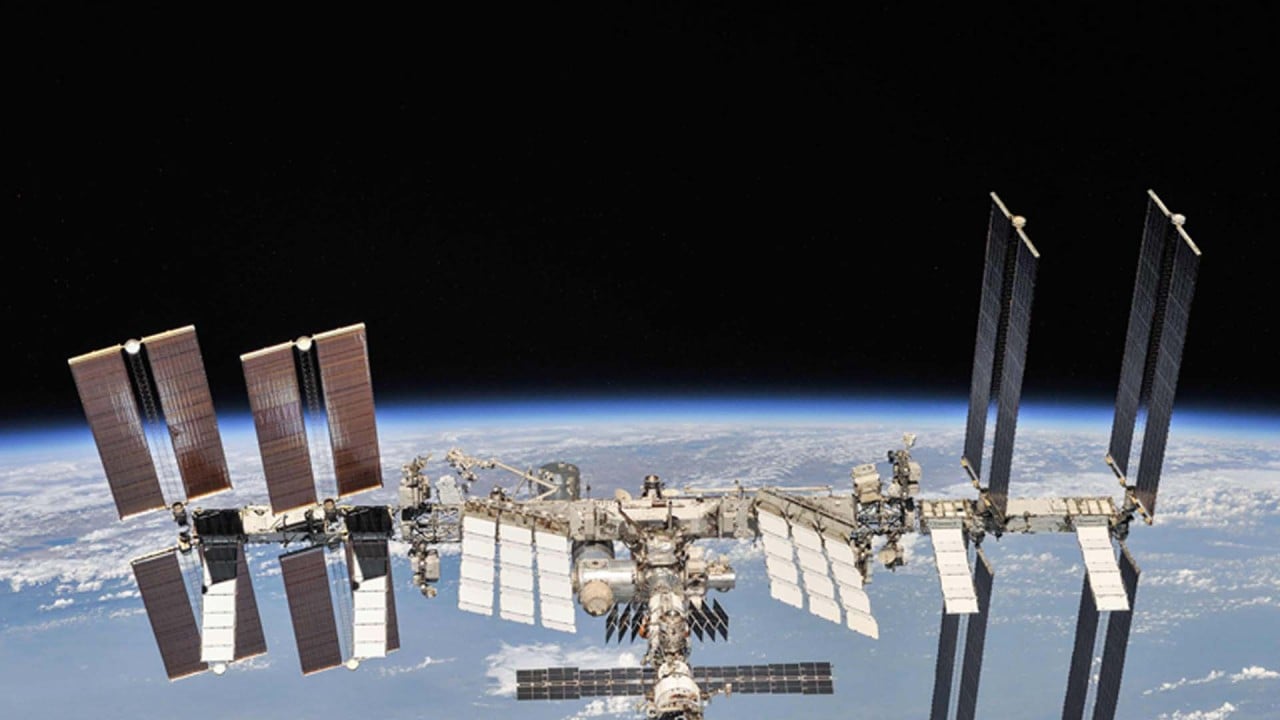
The Earth satellite project bringing Chinese, US and Russian space scientists together
- Researchers aim to send 3 networks into orbit to give a global picture of the planet’s big threats
- Advances in small satellite tech and lower-cost launches make it all possible, lead researcher says
More than a dozen countries, including the United States, China, Russia and Brazil, will help build the satellite networks to collect and share data from different orbits.
Daniel Baker from the University of Colorado – Boulder in the US, said no country could – or should – go it alone when it came to such existential problems.
“I’m excited that we not only get to do basic science but also address issues that are of real consequences to humans. This dual use of basic research and applied research is at the core of what the [satellite] constellations are about,” he said.
Baker, who is leading the effort, said he expected some of the satellites to go into orbit by 2025.
The satellites will be grouped in constellations to give scientists a bigger picture by combining data from many spacecraft at once rather than relying on the single-point observations of missions in the past.
“[The previous approach] led to uncertainty and ambiguity about whether the things we measure at that one particular point represent the characteristics of the whole system,” Baker said, adding that the project was possible thanks to advances in small-satellite technology and low-cost launches.
Each satellite will weigh as little as a few kilograms, and have two or three instruments on board. They will be a simple design to ensure they are easy to build and use to process data.
Baker said small satellites would not only revolutionise the way space science was conducted for major space nations such as the US, China and Russia, but also expand capacity for emerging players in areas such as South America and Africa.
Chinese team eyes lunar base in volcanic caves for long stays
The project is organised by the Committee on Space Research (Cospar) in Paris, an organisation formed in 1958 and open to all countries.
“Cospar provides a neutral platform for countries to work together in difficult geopolitical situations,” said Wu Ji, a Beijing-based senior space scientist and member of the Cospar task group for the project.
Wu heads the development of a constellation to study radiation zones known as the Van Allen belts, which contain energetic particles that are a danger to spacecraft and astronauts operating above the Earth’s atmosphere.
Originally from the sun and deep universe, these particles are trapped by the Earth’s magnetic field in doughnut-shaped regions at high altitudes, and change depending on the sun’s activities.
Wu said a dozen or more small satellites would be sent into a highly elliptical orbit to measure particles and magnetic fields, and how they varied with space and time.
He said that so far, scientists from China, the US, Japan, Russia, Brazil and Finland had shown interest in contributing to the project.
A second constellation will focus on the middle atmosphere, using small satellites in low-Earth orbit to detect how the elements of the global atmospheric system – such as ozone – change in real time.
A third network will look at the ionosphere, a layer in the upper atmosphere that can be directly affected by powerful energy outbursts of the sun, knocking out technology from GPS systems to power grids.
Other contributions could come from Britain, Egypt, the Czech Republic, South Korea, Spain, Israel, and India, according to the task group’s website.
China has offered to launch some of the satellites from an ocean platform in international waters.
Amal Chandran, deputy chair of the Cospar task group and former director of the Satellite Research Centre at Nanyang Technological University in Singapore, said the city state was interested in the scientific aims of the project and could act as a bridge between countries.
“As a neutral country which has excellent relations with countries in the West and East, Singapore is in a position to facilitate collaboration and the joint development of spacecraft, spacecraft-launch vehicle integration and so on,” Chandran said.
He said a major challenge for the project was gaining funding from government agencies and making it a truly international effort.
There are also political hurdles. For example, the US’ International Traffic in Arms Regulations forbid any satellite with parts built in the United States from being launched on a Chinese rocket.
“We are hoping to make the argument that [the launch of] these satellites are scientific activities which are beneficial to the world science community, and there is no reason to treat them as sensitive technologies,” Baker said.
But if that did not happen, the satellites could be launched separately and the data shared through Cospar, he said.
Addressing the Strategic Forum on Space Science in August, Roger Bonnet, former director of the European Space Agency’s scientific programme, said he hoped that Cospar would again “help with the redirection of international space science opportunities in the context of war”.
“After all, science is better than war,” Bonnet said.



